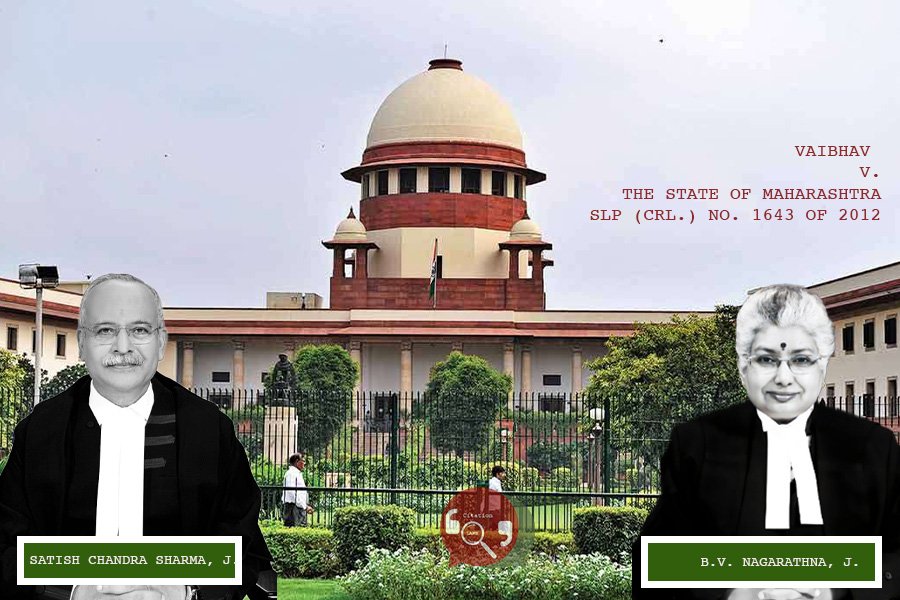INTRODUCTION
In a remarkable judgment passed by B.V. Nagarathna, J. and Satish Chandra Sharma, J., the Hon’ble Apex Court on 04.06.2025 acquitted a youth convicted under Section 302 and 201 IPC, 1860 by holding that the circumstantial evidence on record was not consistent and left a reasonable possibility of an alternate outcome i.e. of innocence of the appellant on the charges of murder and illegal usage of fire arm. The Hon’ble Court observed that it was a time-tested proposition of law that when a Court is faced with a situation wherein two different views appear to be reasonably possible, the matter is to be decided in favour of the accused. The benefit of counter possibility goes to the accused in such cases. The Court while acquitting the appellant has held that in law, there is a significant difference in the evidentiary burden to be discharged by the prosecution and the accused. Whereas, the former is expected to discharge its burden beyond reasonable doubt, the latter is only required to prove a defence on the anvil of preponderance of probabilities. If the accused leads defence evidence in the course of a criminal trial, the same ought to be tested as probable or improbable in the facts and circumstances of the case.
FACTS OF THE CASE
Vaibhav (the appellant, referred as A1 in the judgment) and Mangesh (the deceased) were first-year students at Bagla Homeopathy Medical College. On 16.09.2010, they travelled together on the deceased’s scooter to the Appellant’s house after visiting a tea stall. The deceased’s body was found, on 17.09.2010, in the courtyard of the Appellant’s residence. Not only was it admitted by the Appellant regards the handing of the body and cleaning the bloodstains of the deceased from the floor using Phenyle under his father’s fear, the weapon used also belonged to the Apellant’s father. No ballistic report or forensic matching of fingerprints was produced. PW-9, the doctor who conducted the post mortem, in her statement had mentioned that she was unsure whether the incident was homicidal or accidental.
STATUES INVOLVED
Section 302, IPC- murder
Section 201, IPC- causing disappearance of evidence
Section 5, read with Section 25 (1)(a) of the Arms Act, 1959- possession and usage of fire arm without license
Section 8 of the Evidence Act, 1872- motive, preparation and conduct
Section 27 of the Evidence Act, 1872- discovery of facts pursuant to information from accused
ISSUES INVOLVED
- Whether the death of the deceased was homicidal or incidental?
- Whether there was any motive for the Appellant, A1 for committing the murder?
- Whether the circumstantial evidence formed a complete chain pointing exclusively to the guilt of the Appellant?
- Whether Section 8 of the Evidence Act justified reliance on the Appellant’s post-incident conduct?

